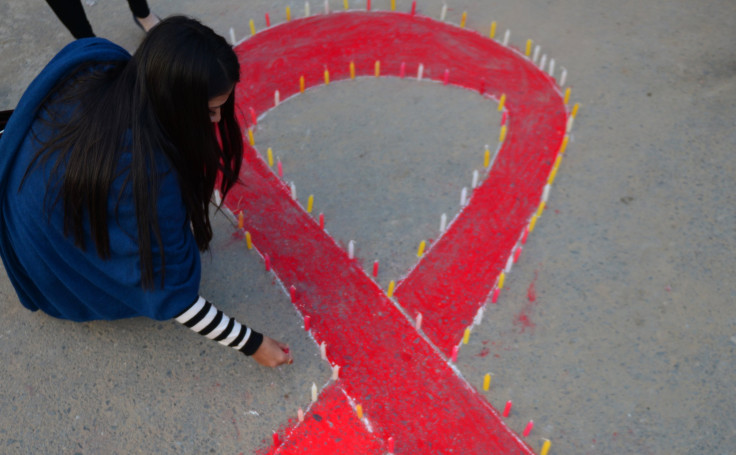HIV Could Now Be Prevented From Turning Infectious

A new study had found a way to prevent HIV (Human Immunodeficiency Virus) from developing into an infectious agent. The virus, responsible for AIDS (Acquired Immune Deficiency Syndrome) caused the death of more than 35 million people across the globe so far and continues to run largely unabated once it infects someone.
This new study brings hope that the scenario might end for good. It was led by researchers of both the University of Pittsburgh School of Medicine and the University of Delaware (UD). The findings appeared in Nature Communications on Nov. 24. The interdisciplinary research team conducted seven years of detailed studies on the structure of HIV, both in early and later stages of its life cycle before making their breakthrough.
"People used to be fixated on the static structures of viruses, but they are not rock solid," said Tatyana Polenova, professor in UD's Department of Chemistry and Biochemistry.
"Viruses like HIV and their constituent protein and nucleic acid molecules are dynamic entities that are constantly expanding and shrinking, Their motions are like breathing," she said.
Before looking at the way the team broke the virus’ progress towards an infectious agent, a little background into what happens while the HIV virus develops would be useful. When the virus develops, the protein building blocks in its body get cleaved from the master protein termed Gag. But the final step in the virus’ evolution — from being noninfectious to infectious — had remained a mystery. In the present study, the team sought an answer to this.
With the aid of cutting-edge technology, the team found that a major peptide called spacer peptide 1 (SP1) needed to be very mobile if the final stage was to happen (peptides are short chains of amino acid molecules). Otherwise, the enzyme that acts as a cleaver wouldn’t be effective.
Polenova mentioned this curious phenomenon when she said, "This peptide is always there in the final maturation step, but we were surprised that it is so disordered and dynamic."
Now that the researchers found that the SP1 peptide getting cut was a key reason why the virus turned infectious, their next search was to prevent that from happening. After numerous experiments, they found Bevirimat, an anti-HIV inhibitor could interact with the SPI peptide and prevent the virus from turning infectious. However, the efforts to create an administrable drug to prevent HIV from turning infectious are still going on.
"We have to have a sense of these short-lived molecular fluctuations and processes — of protein cleavage and capsid generation. To add a new generation of capsid inhibitors to prevent HIV, you have to have very specific times and rates at which these drugs will works," said Juan Perilla, an assistant professor at UD.
Interestingly, this study also points to a new direction in which plenty of scientific research seems to be moving — from a lone scientist or scientists from the same discipline working hard at the lab to a more inter-disciplinary effort.
Other than the universities already mentioned, teams from the University of Illinois, National Cancer Institute and the Vanderbilt University Medical Centre, collaborated for the study.
© Copyright IBTimes 2024. All rights reserved.





















